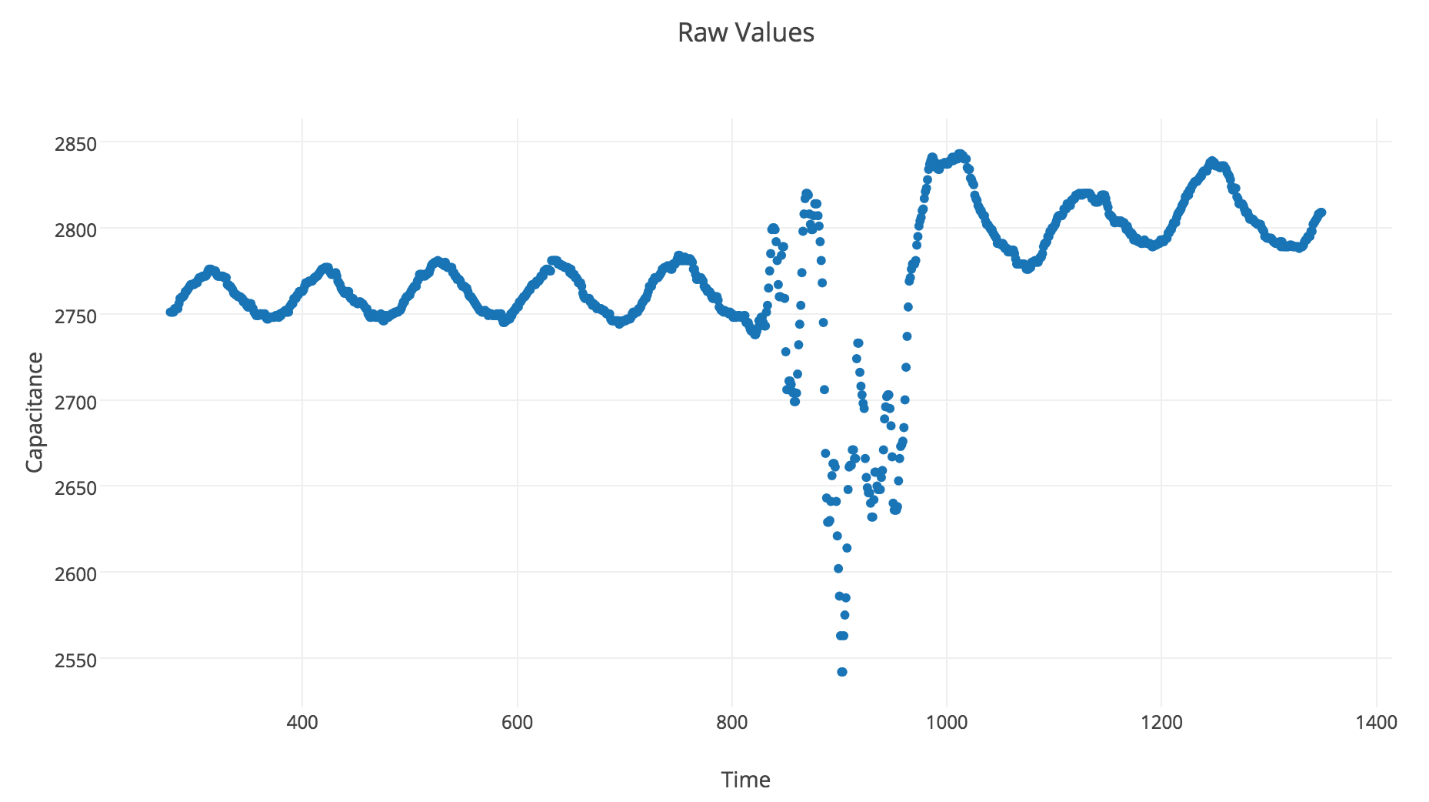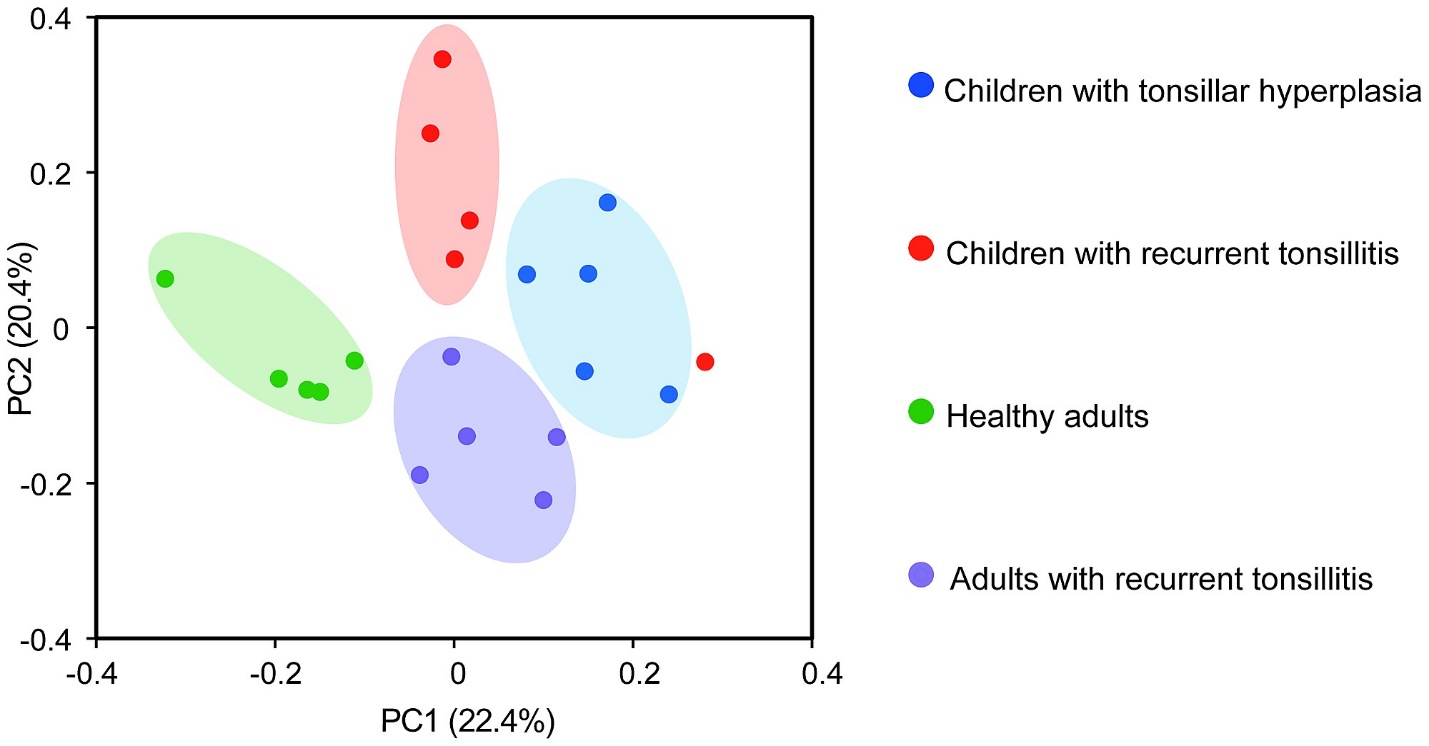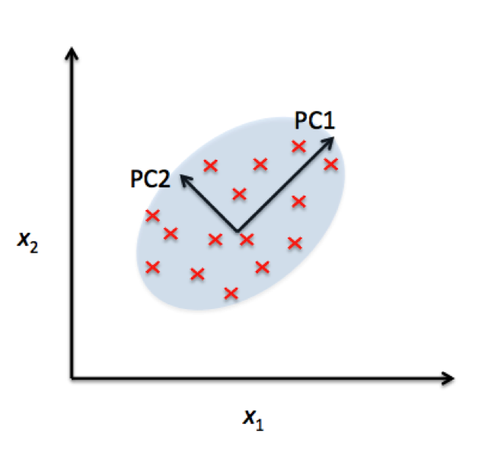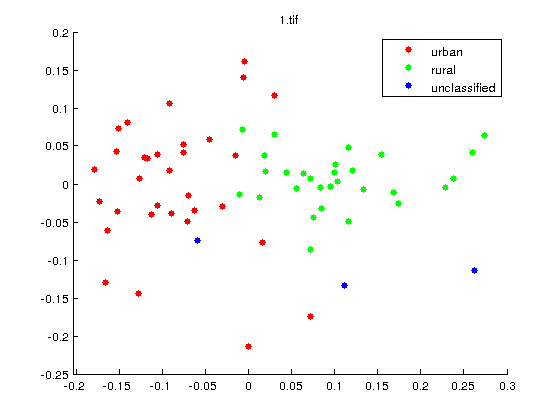
What do you mean by Noise in given Dataset and How can you remove Noise in Dataset?
Noise is unwanted data items, features or records which don’t help in explaining the feature itself, or the relationship between feature & target. Noise often causes the algorithms to miss out patterns in the data. Noisy data is meaningless data. The term has been used as a synonym for corrupt data. However, its meaning include any data that cannot be understood and interpreted correctly by machines, such as unstructured text. Any data which has been received, stored, or changed in such a manner that it cannot be read or used by the program can be described as noisy data.
Methods to detect and remove Noise in Dataset
1. K-fold validation
In this method, we can look at the cross-validation score of each fold and analyze the folds which have poor CV scores, what are the common attributes of records having poor scores, etc.
2. Manual method
In this method, we can evaluate CV of each record (predicted vs. actual) and filter/analyze the records having a poor CV score. This will help us in analyzing why this is happening in the first place.
3. Density-based anomaly detection
This method assumes normal data points occur around a dense neighborhood and abnormalities are far away.
4. Clustering-based anomaly detection
Using clustering technique, we can analyze the clusters to analyze which has noise. Data instances falling outside the clusters can be noticeable as anomalies. i.e. k-Means clustering.
5. SVM-based anomaly detection
This technique uses Support Vector Machine to learn the soft boundary in the training set and tune on validation set to identify anomalies. In this approach, the need of large samples by the previous approach is reduced by using Support Vector Machine while maintaining the high quality of clustering-based anomaly detection methods. i.e. One-class SVM.
6. Autoencoder-based anomaly detection
Auto-encoders are used in deep learning for unsupervised learning, we can use them for anomaly detection to identify noisy data-set. These methods are advanced and outperforms traditional anomaly detection methods. i.e. Variational Autoencoder based Anomaly Detection using Reconstruction Probability.



